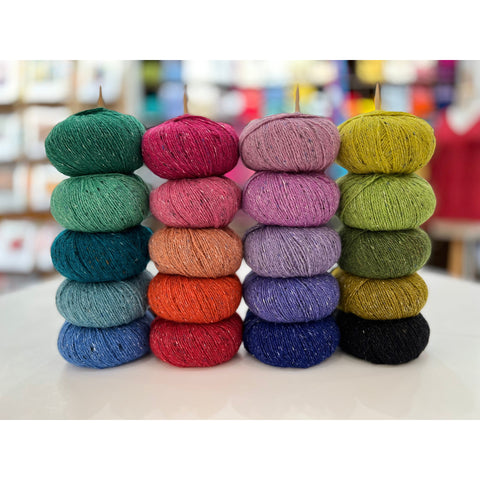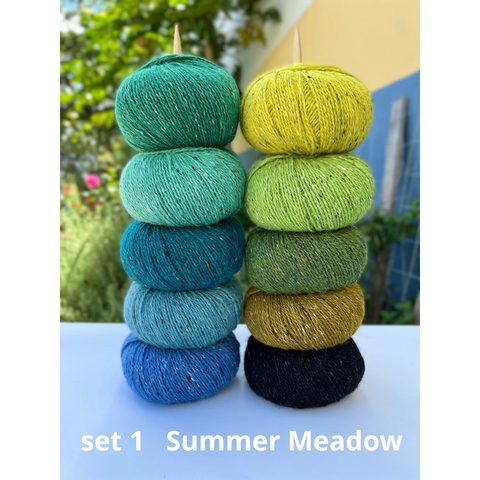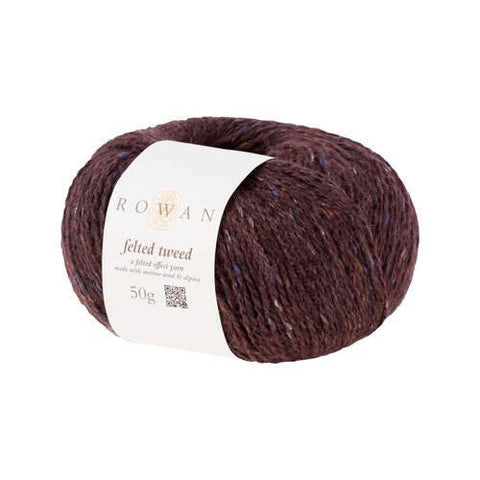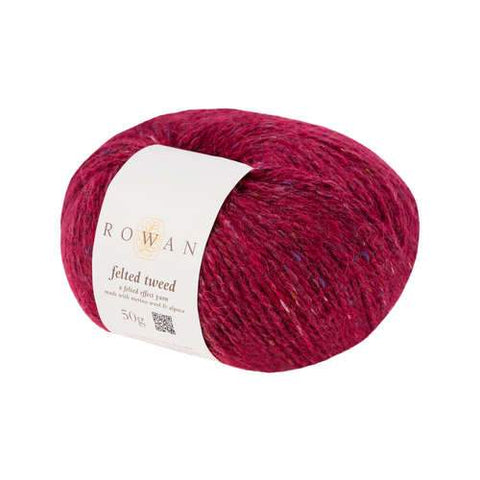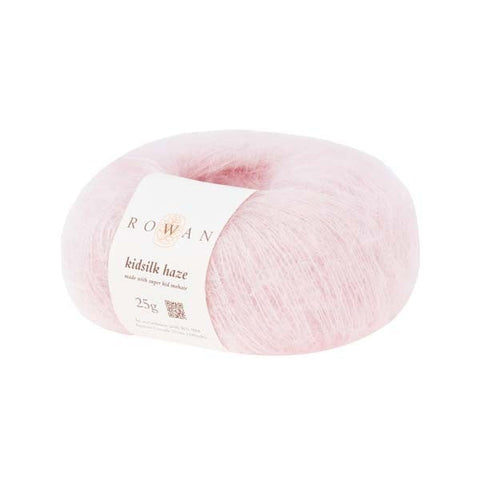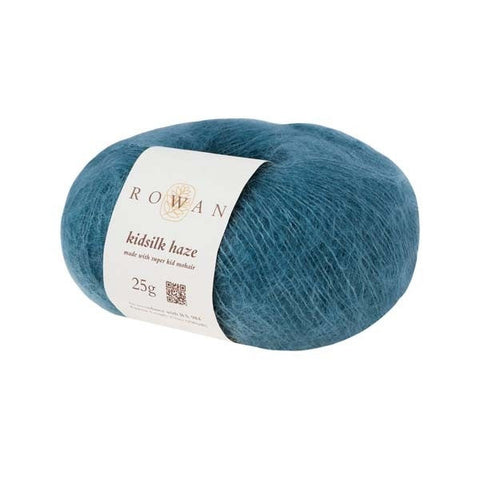Learn to Cross Stitch- Morris Masterclass Series
Cross Stitch is a counted form of embroidery that uses a single repetitive stitch in the shape of an X. It is stitched onto a piece of fabric with an even and open weave, often either Aida cloth or Linen. It is the easiest form of embroidery to learn and something you can teach to kids once they are confident with counting.
Kits with all the necessary materials included are popular for cross stitch and we have a nice array of designs suitable for beginner and intermediate stitchers that you can view here- Cross Stitch Kits. Included in the kits is all the necessary threads, fabrics, instructions and a needle.
Some of our favourites for kids are the timber frame Make It cross stitch kits which come in a Babushka doll, flower, or heart design. The frame has pre-drilled holes that can be used just like the holes in aida fabric for cross stitch but will be much easier for little hands and eyes to stitch.


We also have a good selection of cute 10cm round Make It beginner's kits that come with a little hoop and have all you need for your first project. My favourite of the designs are the Lama, Parrot, and Bee.



Once you've mastered the kits for beginner's you can move on to some of our more complicated designs from DMC such as the Small Kookaburra or Red Flowering Gum. These designs will take more patience but once you've gotten the hang of the repetitive cross stitch you'll be more than capable to complete them.
If you would prefer to create your own design here are all of the materials you'll need to get started.
Materials
14ct Aida- The higher the number count of embroidery fabrics, the finer the weave and smaller the ‘holes’ will be for stitching. Choosing a 14 count aida is perfect for a beginner. Linens are finer than aida and provide a beautiful, polished finish if you’d like to try them out after experimenting.
Size 24 tapestry needles- Tapestry needles also have a number system that the higher the number the smaller, or finer the needle. Size 24 is the perfect companion to stitch easily onto 14ct aida.
| Aida | Linen | Needle size |
| 6-count | Size 18 | |
| 8-count | Size 20 | |
| 11-count | Size 22 | |
| 14-count | 28-count | Size 24 |
| 16-count | 32-count | Size 26 |
| 18-count | 36-count | Size 28 |
Various stranded cotton threads- If you’re creating your own design the colour combinations are endless! Choose some colours that make you happy or match a room’s décor you’d like to accent and go from there.
Graph paper- You can draw out your design with coloured pencils and graph paper or use one of the ever popular websites and apps that allow you to create your design on your phone or computer. Stitchboard is a website that allows free pattern creation.
Embroidery hoop- Embroidery hoops are very helpful to keep your fabric pulled taut and give you something solid to hold onto. They are not absolutely necessary but will often make your stitching easier.
How To-
Patterns are printed onto grid paper with coloured squares or symbols corresponding to a cross stitch. We recommend starting in the middle of the design to make sure it is centred on your piece of fabric. You can find the middle of your fabric by folding it in half twice and marking the middle with a safety pin.
It is also a good idea to protect the edges of your fabric before working with it to prevent fraying. You can do this either with masking tape or a zig zag stitch with a sewing machine.
Before you are ready to start stitching you will need to prepare your needle and threads. Embroidery threads are sold in bundles of six strands twisted together but you will only stitch with one or two at a time depending on how thick your fabric is or the desired effect. We recommend using two strands for 14ct aida. Small pieces of cardboard, called bobbins, that you wind your threads onto make both stitching and storing your threads much easier.
Cut a length of thread around 40cm long and thread two strands through your needle without tying a knot at the end of the tail. The tail will be stitched over to secure it in place and keep your fabric smoother than if you used knots.
You are now ready to start stitching. Begin by bringing your needle through the middle of the fabric from back to front, leaving a tail at least 3cm long that you will stitch over as you complete your design. Work your needle upwards through the hole diagonally above and to the right of where you first started stitching making a clear half cross that looks like this / . Continue to make your second half cross stitch by bringing the needle from the back to front through the hole below where you finished your first half cross stitch, catching the tail of your thread as you go. It is easiest to complete cross stitch in rows working from left to right beginning with had cross stitches that look like a slash symbol /// that you then complete by making a row of diagonal stitches in the opposite direction \\\. When you pull your thread make sure not to pull it too tightly so your fabric puckers rather than staying flat.
If you need help visualising how the cross stitch works or would just like some inspiration on an exciting cross stitch project different to a flat wall hanging, here is a great video from ARNE & CARLOS showing you how to create your own needle case.
Happy stitching!
1 comment
-
Posted on by Kerry O’BrienI am wondering if you give knitting lessons. I am having trouble with a pattern which a friend gave to me. I am an avid knitter but am self taught and would like some help from time to time. Could you let me know if you have some lessons in the Sydney city shop. Thank you, Kerry O’Brien
